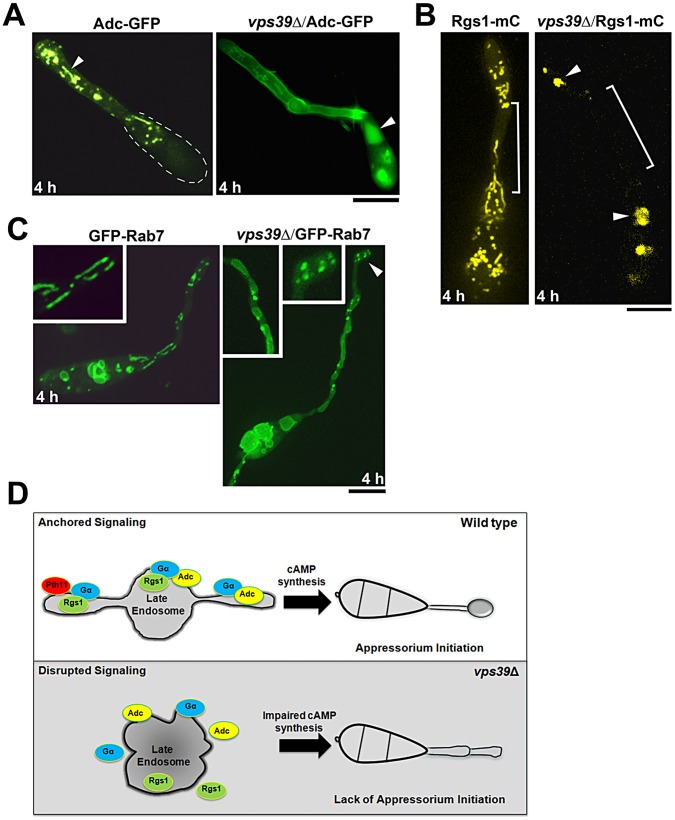Figure 7. The Late Endosomal scaffolding function is necessary for proper cAMP signaling.
Subcellular localization of Adenylate cyclase Mac1 (Adc-GFP), Rgs1-mCherry (mC, pseudo colored yellow) and GFP-Rab7 in the wild type and vps39Δ at germ tube hooking. (A) Adenylate cyclase Mac1 (Adc-GFP), arrowhead illustrates the localization of Adc-GFP to tubular cytosolic compartments in the wild type. The dotted line marks the boundary of the conidium (B) Rgs1-mCherry (mC, pseudo colored yellow); region devoid of Rgs1 tubulo-vesicular structures is bracketed and the arrowheads highlight cytoplasmic aggregates and vacuolar accumulation of Rgs1-mC in the vps39Δ. (C) GFP-Rab7; Inset highlights the morphology of GFP-Rab7 compartments in the wild type and vps39Δ backgrounds. All images are single plane confocal images. Scale bars, 10 µm. (D) A simplified model of late endosomal compartments functioning as signaling scaffolds that anchor key activators and regulators of G-protein signaling in the rice-blast fungus M. oryzae. This model does exclude the possible contribution of G-protein signaling/signal initiation occurring at the plasma membrane and also the possibility that signaling components are actively trafficked to the vacuole either for sequestration or for degradation to maintain cellular homeostasis.

